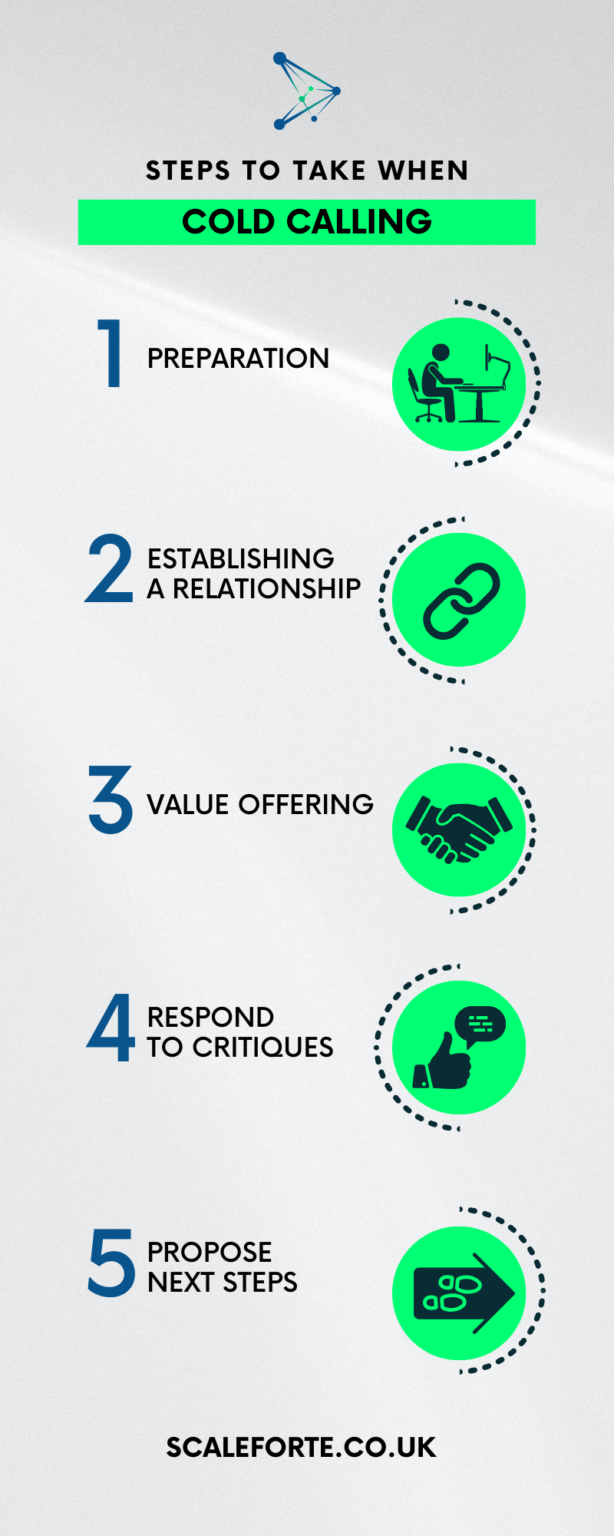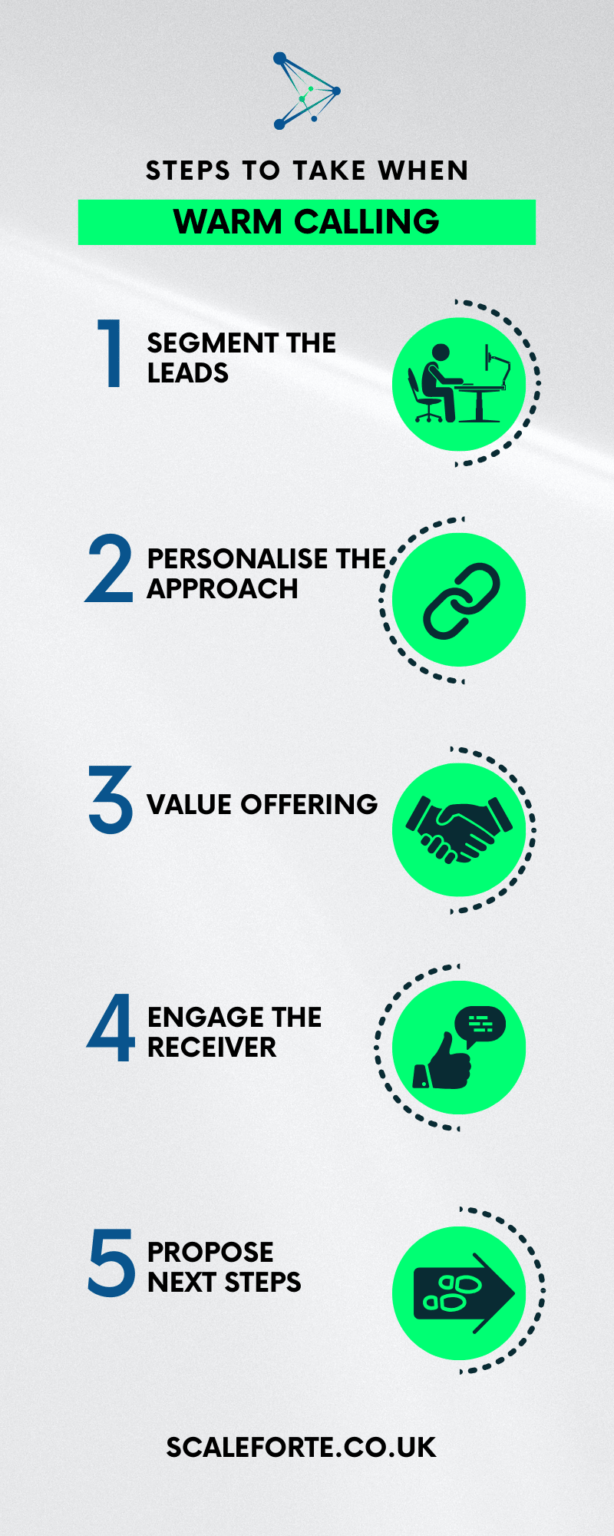Cold Calling VS Warm Calling: The difference, tips, & how it works?

In the realm of sales and marketing, cold calling and warm calling are two common strategies for contacting new customers or prospects. While they both have advantages, their methods and degrees of success are very different. In this blog, we’ll outline the fundamental distinctions between these two approaches, weigh their advantages and disadvantages, and assist you in selecting the approach that might be the best fit for your company. So, let’s see the comparison for Cold Calling VS Warm Calling.
What is cold calling?
Reaching out to people or companies who haven’t dealt with your business before is known as cold calling. This strategy is known as “cold” since it involves making contact with potential customers who are fundamentally unfamiliar with your company. Cold calling is a tactic used in the world of sales where a salesman or a representative of a firm calls prospective clients who have not explicitly expressed interest in the good or service being given. Despite the initial lack of apparent interest, there is a significant chance that these chilly prospects may eventually turn into paying clients. Introducing the product or service, arousing interest, and finally persuading the potential customer to buy are the main goals of cold calling.
Pros of Cold Calling:
- Quantity: You can immediately get in touch with a lot of potential customers.
- Audience Variety: You can choose to target a wide variety of potential customers.
- Cost-Effective: In comparison to other marketing strategies, it is comparatively inexpensive.
Cons of Cold Calling:
- Poor Success Rate: Because you’re contacting folks who might not be genuinely interested, cold calling often has a poor success rate.
- Rejection: Be ready for rejection, roadblocks, and a lot of “no’s.”
- Time-consuming: Making numerous calls in an effort to get a few leads might be time-consuming.
5 steps to take when cold calling

Step-1: Preparation
To learn about the needs and preferences of your target audience, conduct research. Create a brief but compelling call script. Establish specific objectives for your calls, such as scheduling a meeting or obtaining data.
Step-2: Establishing a Relationship:
Introduce yourself, your company, and the reason for the call in the first seconds of the call. Establish trust by attentively listening to the prospect’s answers and asking open-ended inquiries.
Step-3: Value Offering
Explain the benefits of your goods or services in plain language. Stress how it can improve the prospect’s circumstances or address their problems.
Step-4: Respond to Critiques
Be ready to respond to frequent concerns, such as those relating to price, scheduling, or the necessity of your product. Prepare your responses.
Step-5: Propose Next Steps
Based on the conversation, suggest a specific next step, whether it’s setting up a meeting, sending more information, or offering a trial.
Also Read: Why Email Marketing Is Effective to Transform Your Business?
What is warm calling?
Conversely, warm calling comprises getting in touch with people or companies who have previously shown an interest in your goods or services. It’s possible that previous commitments, website visits, or queries are what sparked this interest. Making contact with a potential customer who has already been acquainted with a sales professional or their business is known as “warm calling.” It refers to a sales call, visit, or email that comes after the prospect has engaged with you in some way, like through a direct mail campaign, an introduction at a networking event, or a referral.
Warm calling contrasts with cold calling, which involves contacting prospects without prior notice or any previous connection between the sales representative or company and the possible customer.
Pros of Warm Calling:
- Higher Conversion Rate: Warm calls typically have a higher conversion rate because you’re connecting with leads who have already shown some level of interest.
- Relationship Building: Warm calls can help strengthen existing relationships with clients and foster trust.
- Personalization: You can personalise your approach based on prior interactions, making the call more relevant.
Cons of Warm Calling:
- Smaller Audience: The pool of warm leads is smaller compared to the universe of potential cold call targets.
- Time-Intensive: Warm calling can be more time-consuming because it involves nurturing leads over time.
5 steps for warm calling

Step-1: Segment Your Warm Leads
Categorise and prioritise your warm leads based on their level of interest and readiness to buy. Consider factors like their previous interactions, website activity, and inquiries.
Step-2: Personalise Your Approach
Tailor your communication to each warm lead. Reference their previous interactions, inquiries, or specific interests to show that you value their engagement with your company.
Step-3: Offer Value and Solutions
Emphasise how your product or service addresses the prospect’s needs or pain points based on their previous interactions or inquiries. Highlight the value you can provide.
Step-4: Engage in Two-Way Communication
Encourage a dialogue by asking questions and actively listening to the prospect’s responses. This helps you understand their current situation and needs better.
Step-5: Propose Next Steps
Based on the conversation, suggest a clear and relevant next step. This might involve setting up a meeting, offering a demo, providing more detailed information, or guiding them through a purchase.
Also Read: 5 Lead Generation Strategies to Grow Your Business
Cold Calling VS Warm Calling: The Winner?
The success of cold calling versus warm calling will rely on the nature of your company, your target market, and your goals. In actuality, a well-rounded sales and marketing strategy should incorporate both strategies.
When you need to swiftly fill the top of your sales funnel, cold calling is helpful, especially if your company operates in a highly competitive sector. It’s helpful for increasing your reach and discovering undiscovered markets.
Building and maintaining relationships with current and new customers requires warm calling. It works especially well when you’re offering expensive goods or services that need credibility and confidence.
If you need help with lead generation for your business, consider Scaleforte as your business partner. We provide services for cold calling, lead generation, and email marketing.
Book a free meeting with us to get started or request a free quote beforehand!
Have any question?
Do not hesitate to contact us. We’re a team of experts ready to talk to you.




